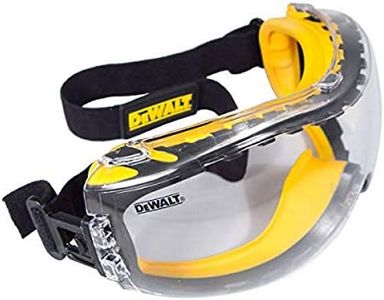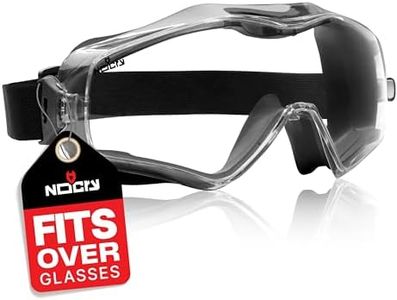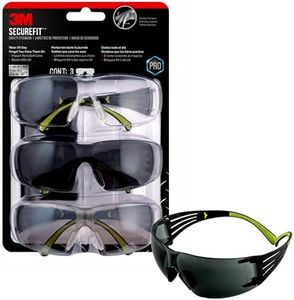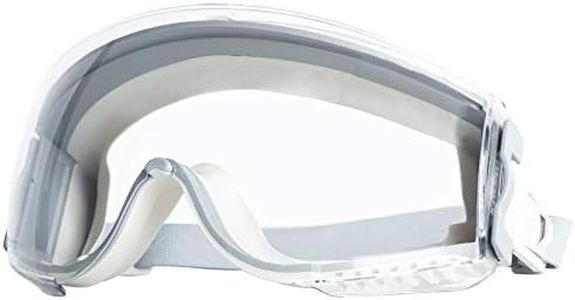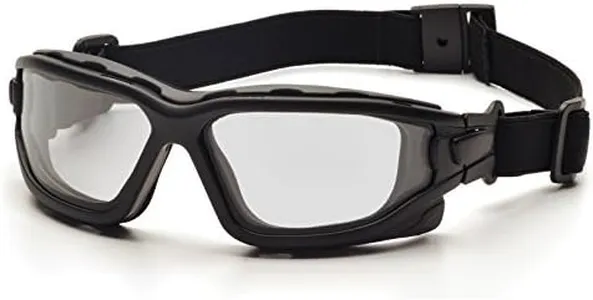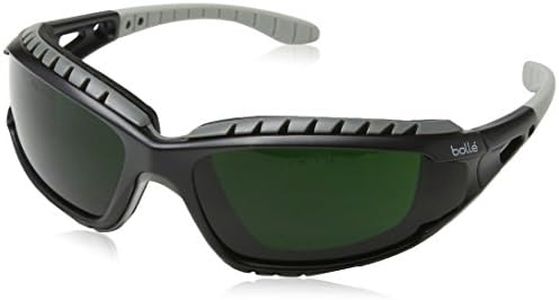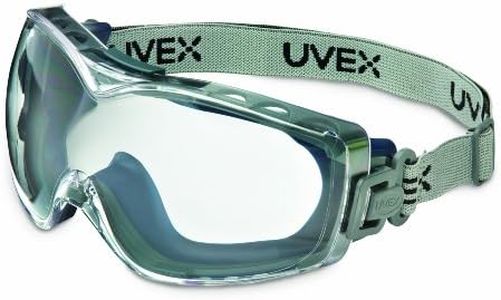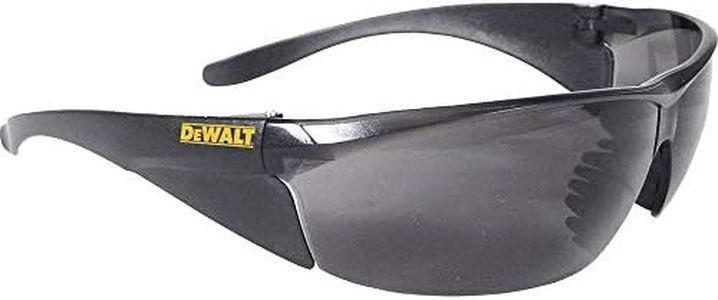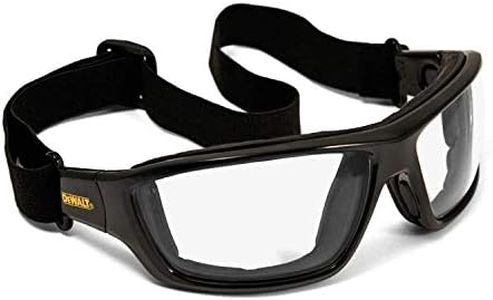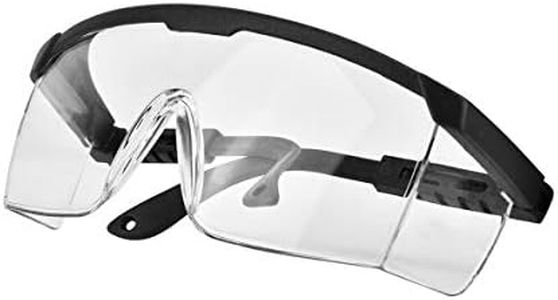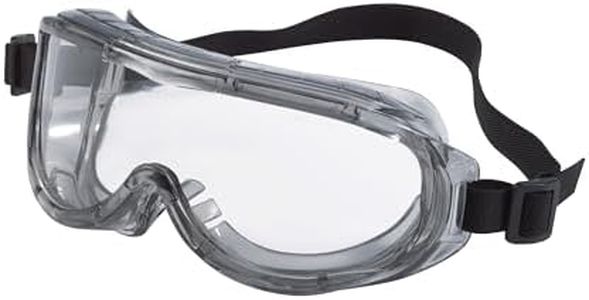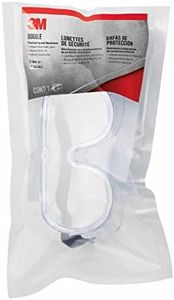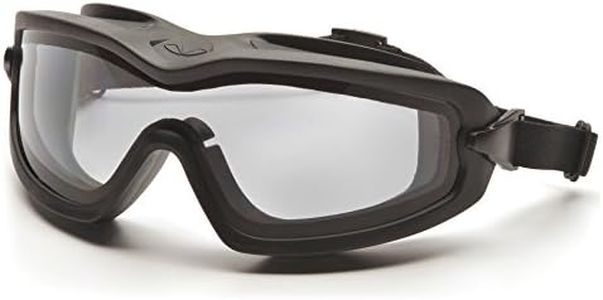We Use CookiesWe use cookies to enhance the security, performance,
functionality and for analytical and promotional activities. By continuing to browse this site you
are agreeing to our privacy policy
10 Best Safety Goggles
From leading brands and best sellers available on the web.Buying Guide for the Best Safety Goggles
When choosing safety goggles, your main goal is to protect your eyes from potential dangers like chemicals, flying debris, or splashes during various activities, whether it’s working in a lab, handling tools, or doing home improvement projects. It's important to select goggles that suit both the environment you’re working in and the specific risks you might encounter. Comfort is also key, as well as making sure the goggles fit properly over your eyes and, if needed, over any prescription glasses.Lens MaterialThe lens material is the part of the goggles that actually covers and shields your eyes. Most safety goggle lenses are made from polycarbonate, which is popular because it's lightweight, tough, and resistant to impact. There are also lenses made from acrylic (lighter but less durable) or glass (good for scratch resistance but heavier and less common). For most people, polycarbonate offers a good balance of protection and comfort. If you’re working with a high risk of flying debris, always go for the most impact-resistant lens, and if you know scratching is your biggest concern, look for harder lens materials or coatings.
Ventilation TypeVentilation refers to how the goggles manage airflow, helping prevent fogging and increase comfort. There are direct vents (small holes connecting inside to outside), indirect vents (allow airflow but block liquids or particles), and non-vented (fully sealed). Direct-vented goggles are useful where impact protection is needed but there’s minimal risk of splashes. Indirect-vented goggles are better if there’s a risk of chemical splashes or dust, as they help keep these out while reducing fogging. Non-vented goggles are for high-risk environments where complete protection from chemicals or dust is critical, but they can fog up more easily. Choose based on the hazards you expect: splash protection, dust, or just impact.
Anti-Fog and Anti-Scratch CoatingCoatings can make a big difference in comfort and usability. Anti-fog coatings help keep your goggles clear in humid or sweaty conditions, while anti-scratch coatings extend the life of your lenses. If you’re working in a warm or humid environment or expect to wear the goggles for long periods, look for anti-fog features. If you know you’ll be cleaning the goggles frequently or working in rough conditions, anti-scratch is a helpful option.
Fit and AdjustabilityHow the goggles fit is crucial. They should create a comfortable but secure seal around your eyes without pressing too tightly. Adjustable straps help get the right fit for different head sizes and shapes. Some safety goggles can fit over regular glasses (these are called ‘over-the-glasses’ styles). Choose a style that sits comfortably and doesn’t slip, especially if you’ll be moving around a lot or wearing them for long stretches. Try them on when possible to check for pinching or gaps.
Certifications and StandardsLook for certifications that show the goggles meet safety standards, like ANSI (American National Standards Institute) or EN (European Norms) ratings, depending where you live. These standards mean the goggles have been tested for things like impact and chemical resistance. If your work or activity requires a certain level of approval, always check the certification label. This helps ensure you’re actually getting the right protection for your environment.
